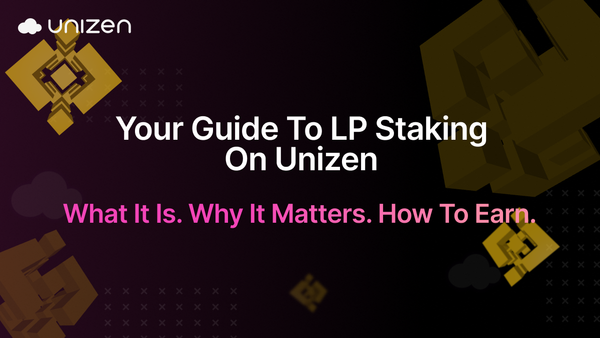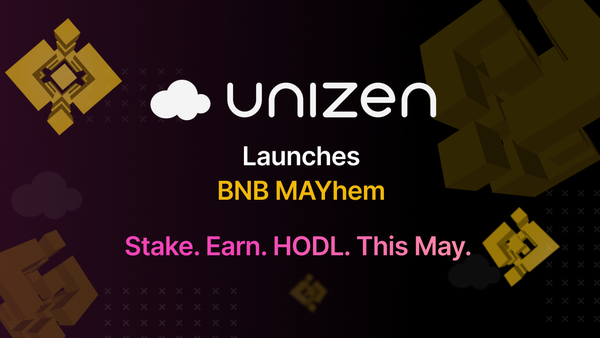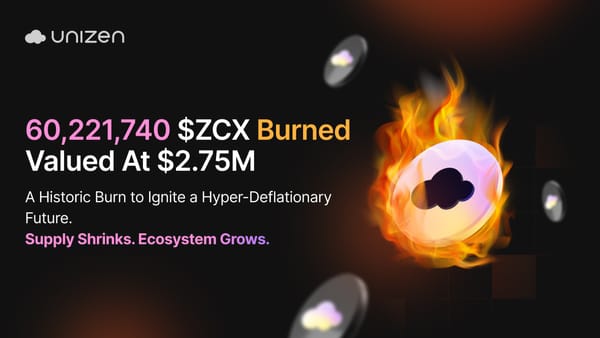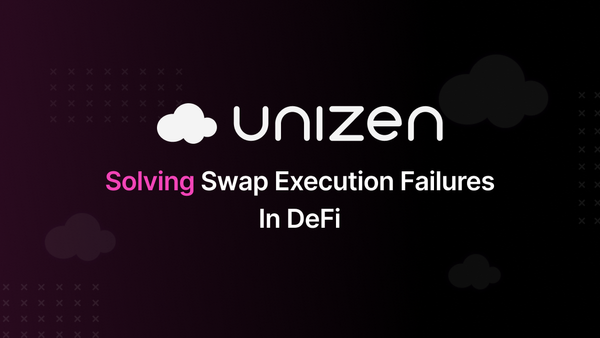What Is a Wrapped Token? A Detailed Review
Discover what is a wrapped token in crypto and their role in enabling different blockchain interoperability and Decentralized Finance (DeFi).
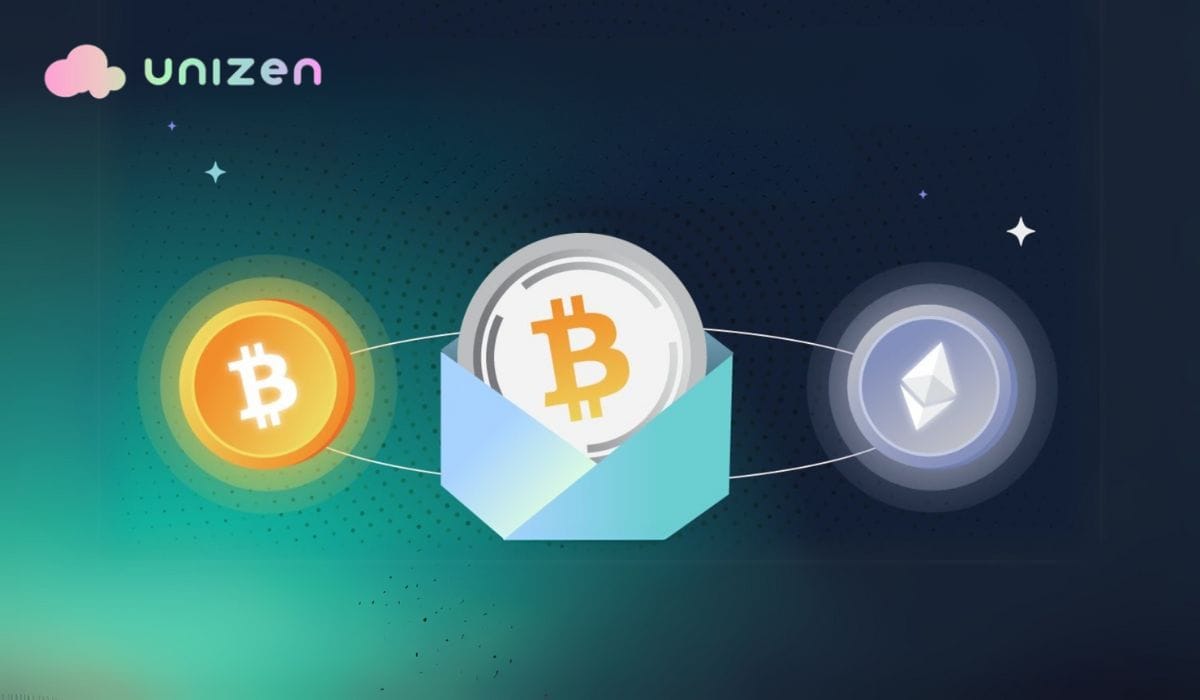
Tokens are essentially the core of blockchain ecosystems. They represent the digital assets powering transactions, motivating participation, and preparing innovation across decentralized finance networks. From cryptocurrencies like Bitcoin to utility tokens designed to realize specific functionalities on a blockchain, tokens have been very important in the evolution of Web3 technologies.
Wrapped tokens represent a new generation of interoperability solutions created to sort out problems between blockchains. It is about ease- the possibility for various chains to interact, exchange value, and share information with each other. As most chains have been created to run independently, and each was crafted in uniqueness with exclusive protocols that guarantee their operational modes, it reduces, at one end, the effectiveness of such tokens.
Wrapped tokens unlock and facilitate cross-chain trading, enabling a token on one network to contribute to applications and active ecosystems across another. They will significantly enhance the degree of usability with this extension in functionalities and enable blockchain technology to achieve more extraordinary feats.
What Is a Wrapped Token?
A wrapped token is a digital asset created to represent some other cryptocurrency or asset on a blockchain on which that asset originally does not exist natively. In essence, it serves as a bridge that allows the value of one asset to be transferred across different blockchain ecosystems without actually moving the original asset.
Wrapped tokens are usually pegged at a value of 1:1 from the originating asset to ensure the token carries the same value as the asset it represents. The original asset, like Bitcoin, is transferred to a reserve controlled by a custodian. In return, the wrapped form of the asset-for instance, Wrapped Bitcoin, or WBTC-is minted and issued on some other blockchain, like Ethereum. Each wrapped token is backed by an equivalent amount of the original asset stored in safe custody by the custodian or locked in a smart contract. This happens in reverse when users want to redeem their Wrapped Tokens. The wrapped token is burned, a process of removing tokens from the circulatory system, an amount that gets released back into the user in its actual form.
These tokens represent the original assets on a different blockchain, allowing the integration of two otherwise incompatible systems. For example, a crypto like Bitcoin, operating on its blockchain, can be used within Ethereum's vibrant DeFi ecosystem through Wrapped Bitcoin (WBTC). This holds the original assets, extends its functionality, and introduces it to new networks, applications, and possibilities.
How Wrapped Tokens Work
Understanding that wrapped tokens work in an organized way to maintain value parity with the original assets across different blockchains is needed. It finds its basis mainly in these mechanisms:
Creation Process
Wrapping a token requires the original asset to be locked in a vault first. This is to guarantee that every wrapped token has always been fully collateralized by its underlying asset in a 1:1 manner. The user deposits the original cryptocurrency or asset, for instance, Bitcoin, into the custodial wallet or the smart contract. Now, this custodian can either be a centralized entity-like any trusted financial institution, or a decentralized protocol using smart contracts to automate the process in which the original asset is locked into a vault.
Once the original asset is securely locked, an amount equivalent to the wrapped token is minted on the target blockchain, for example, Wrapped Bitcoin on Ethereum. In the process, the newly minted wrapped token becomes a digital avatar of the locked asset and is ready for use in the target blockchain ecosystem. This creation process ensures value parity of the wrapped token using the original asset since a real, locked counterpart backs up every single token in circulation.
Redemption Process
The redemption process can allow them to regain their original asset by simply reversing the creation mechanism. The user returns the used wrapped token to the custodian or smart contract, where it is then burned, which means it is permanently removed from circulation on the target blockchain. After burning the wrapped token, the custodian releases an amount equivalent to the original asset to the user. This redemption process ensures that the total supply of the wrapped token and the locked original asset remains balanced, preserving the 1:1 peg.
Role of Custodians
Custodians, however, are responsible for securing the original asset, and the success of the wrapped token relies on their role. They will have to be transparent and secure for any success in the system of wrapped tokens. This involves assurance that the locked assets are safe and that redemption will happen without issue. These custodians can be:
- Third-Party Services: Centralized entities like BitGo (a custodian for Wrapped Bitcoin) provide security and trust through established reputations and accountability.
- Decentralized protocols: Smart contracts sometimes act as custodian due to decentralized protocols, eliminating human one-point failures to enable trustlessness.
Key Features of Wrapped Tokens
Interoperability
Arguably, one of the strongest benefits of wrapped tokens involves the possibility of extending cross-chain functionality. Blockchains work in isolation under a particular set of rules with natively denominated tokens. Wrapped tokens bridge those divides by enabling the use of an asset as a token on a different blockchain. Bitcoin, for example, can't exist natively on the Ethereum blockchain. So, in place of it, wrapped tokens like WBTC (Wrapped Bitcoin) let one leverage BTC within Ethereum-based decentralized applications and DeFi protocols.
This functionality extends the utility of assets by making them interoperable in many ecosystems, building a highly connected and flexible blockchain world.
Value Pegging
Wrapped tokens are designed to be precise and maintain a 1:1 peg with the value of the originating asset. This ensures that the price and value of the wrapped token mirror the underlying asset it represents, whether it's crypto, such as Bitcoin, or a real-world asset. The peg is maintained through secure custodial mechanisms or trustless smart contracts (The latter ensures that an equivalent amount of the asset in question is held for every wrapped token in circulation). Thus, pegging the value is instrumental in establishing user confidence that holding a Wrapped Token is as good as having the original token.
Smart Contract Integration
Wrapped tokens can be used with smart contracts, opening their use in the decentralized ecosystem. It can be used on chains like Ethereum to interact with most decentralized finance protocols related to lending, yield farming, and decentralized exchanges. The compatibility of smart contracts means that wrapped tokens have programmability, allowing their use in automated processes and removing the need for an intermediary.
This integration makes wrapped tokens incredibly versatile, unleashing the full power of their assets for their owners in a completely decentralized and permissionless way.
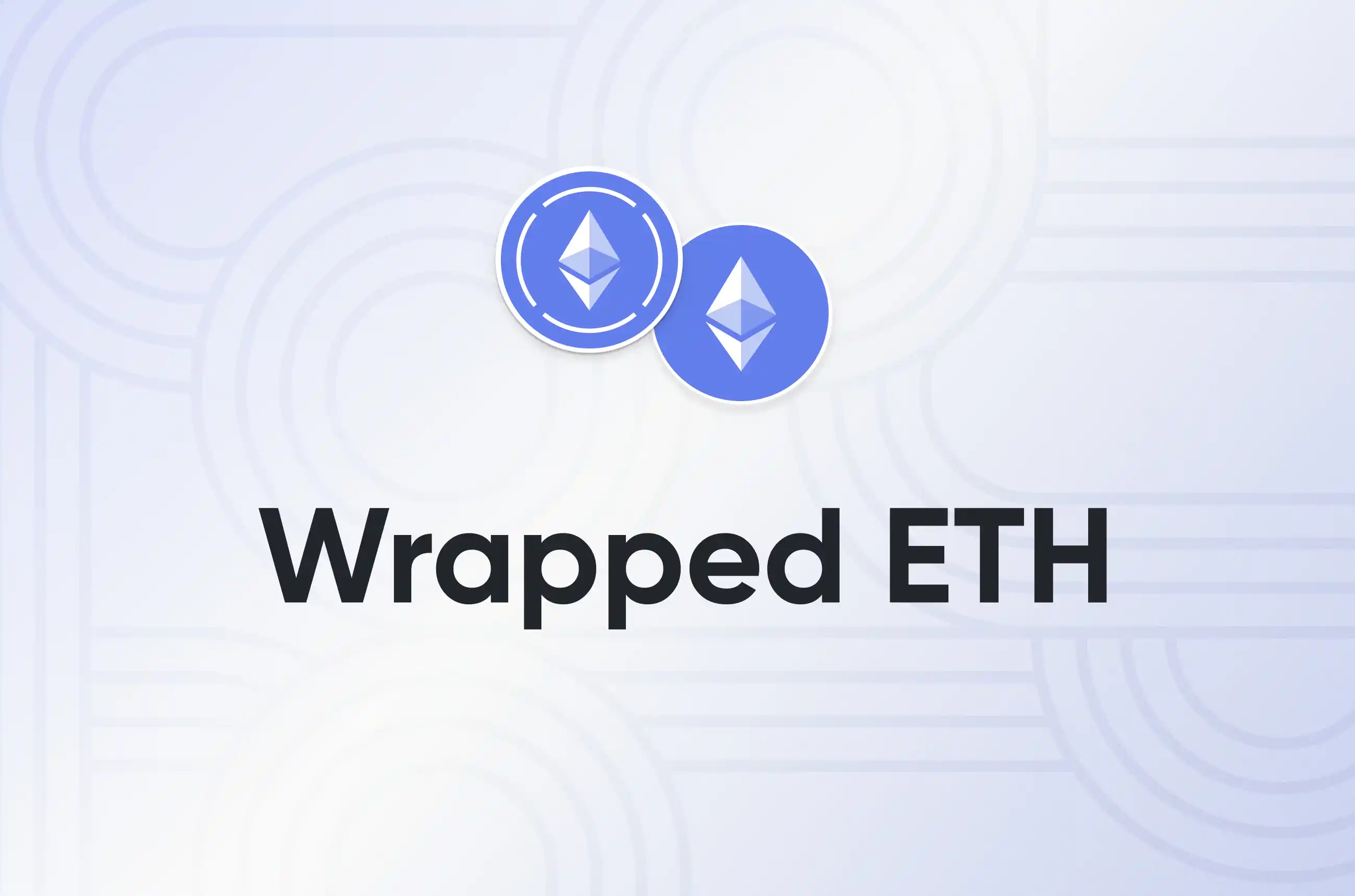
Examples of Popular Wrapped Tokens
Wrapped tokens have been widely adopted since they offer a way to increase interoperability and usefulness within blockchain ecosystems. Popular examples of wrapped tokens include Wrapped cryptos like Bitcoin, Ether, and Binance Coin. These, among others, show how important and versatile these wrapped assets are in DeFi and beyond.
Wrapped Bitcoin (WBTC)
WBTC is a Bitcoin tokenized in Ethereum. This aims to let the BTC holders participate in the great Ethereum DeFi ecosystem without selling their BTC. It provides a way for Bitcoin to be used in lending, borrowing, providing liquidity, and trading applications on DEXs. WBTC bridges the gap between Bitcoin and Ethereum, thus increasing liquidity and enhancing its usefulness.
Wrapped Ether (WETH)
WETH, or Wrapped Ether, is a tokenized version of Ether that follows the ERC-20 token standard. Even though Ether is the native token of Ethereum, by default, it is not an ERC-20 token. WETH was created to ensure compatibility with Ethereum-based dApps and protocols, and it is used in applications such as decentralized exchanges, liquidity pools, and other ERC-20-dependent DeFi applications. It simplifies smart contract interactions, making integrating ETH into DeFi systems easier.
Wrapped Binance Coin (WBNB)
Wrapped Binance Coin is a wrapped version of Binance Coin on Binance Smart Chain or other networks that gives BNB easy interactions with dApps and DeFi platforms that require ERC-20 or BEP-20 token standards. It provides a way for BNB holders to stake, trade, and participate in DeFi protocols on the Binance Smart Chain. WBNB fulfills a major role in raising the level of liquidity and usability between different blockchain ecosystems and crypto space.
Other examples include:
- Wrapped Filecoin (wFIL): a tokenized Filecoin deployable on Ethereum-based systems.
- Wrapped Dogecoin (wDOGE): Brings Dogecoin into the Ethereum ecosystem so that DOGE holders can participate in Ethereum's DeFi applications.
Each of these allows various blockchain assets to extend into more utilities by participating in ecosystems other than their blockchains.
Use Cases of Wrapped Tokens
Wrapped tokens have changed the game in the crypto assets and blockchain ecosystem, ensuring smooth functionality and interoperability. From cross-chain connectivity to strengthening DeFi applications, the use cases listed herein illustrate the transformative effect. Here are the primary uses of wrapped tokens:
Cross-Chain Interoperability
Wrapped tokens enable the assets across blockchains to be available to one another, breaking the silos that often exist between different networks. For example, Bitcoin is incapable of native interaction with Ethereum's ecosystem. However, WBTC enables Bitcoiners to tap their digital assets to function with all kinds of Ethereum-based applications and protocols. This increases utility and liquidity for various digital assets available to another blockchain platform through cross-chain functionality.
DeFi Applications Lending and Borrowing
To earn interest or borrow other assets, one can deposit wrapped tokens into lending protocols Aave and Compound. Other key features of the wrapped token are their place in yield farming strategies whereby users stake them for rewards or passive income. Wrapped tokens give way to a wide range of financial services, thus bringing traditional finance functionalities into the decentralized world.
Liquidity Pools
Wrapped tokens are commonly used in liquidity pools of decentralized exchanges to enable trading. On some platforms, WBTC and WETH are some of the most traded pairs, and their liquidity pool is always large enough to allow users to buy or sell assets with relatively low slippage. The importance of this is that liquidity pools on wrapped crypto tokens power the performance and usability of open markets, making instant trading possible and smooth.
Better Token Standards
Many native blockchain tokens do not follow popular token standards such as ERC-20, limiting their usage in dApps. This is solved by wrapping. For example, Ether (ETH) is native to Ethereum; it is not ERC-20 compliant. Wrapped as WETH, this means that it can interface easily with ERC-20-specific smart contracts. Better token standards imply easier development and integration; therefore, wrapped tokens are needed for both dApp developers and blockchain platforms.
Benefits of Wrapped Tokens
- Improved Accessibility: Wrapped tokens make it possible for users to participate in the features and opportunities of the other blockchain networks without leaving their native network. A holder of Bitcoin uses Wrapped Bitcoin to access a greater universe of Ethereum-based DeFi applications without liquidating their BTC into ETH for that purpose. This is because ease of access removes friction, allowing users to more effortlessly contribute across networks and further tending towards an interoperable blockchain universe.
- Liquidity Enhancement: Wrapped tokens increase the liquidity of assets by making them available in various ecosystems. Better liquidity means smoother trading, less price slippage, and more adoption of blockchain technology in general. By increasing the utility of assets, wrapped tokens make it easier for users to find their desired trading pairs and participate in financial protocols.
- Reduced Fragmentation: Wrapped tokens also bridge the gaps between isolated blockchain ecosystems, enabling seamless interaction and reducing the fragmentation of digital assets. This bridging effect creates a unified network of blockchains, allowing developers and users to leverage the strengths of different platforms without being limited by technological silos. The result is a much more coordinated and cooperative blockchain space.

Challenges and Risks of Wrapped Tokens
While wrapped tokens revolutionized the blockchain ecosystem, they present some challenges and risks that must be addressed for sustained adoption. Key challenges that affect wrapped tokens include:
- Custodial Risks: Originally, wrapped assets usually get locked into a custodial wallet or controlled by a smart contract. So, if the custodian is a third-party organization, they must be trusted to secure the management and safekeeping of these assets. Breaches or mismanagement by custodians could lead to substantial losses in underlying market value.
- Decentralization Concerns: While blockchain technology provides decentralization, several wrapped token systems depend on central entities when it comes to management. Centralized custody solutions may go against the principles of blockchain decentralization and create single points of failure. A central authority that has to be trusted may discourage end-users from using or favoring a fully decentralized system. Example: For wrapped assets, centralized custodians may not always guarantee complete transparency of reserves or operational processes.
- Smart Contract Vulnerabilities: Wrapped token creation and redemption heavily rely on smart contracts. The risk is that bugs or exploits in the minting and burning processes could result in either the loss of locked assets or the improper creation of wrapped tokens. Therefore, malicious actors might exploit vulnerabilities, which could eventually compromise user funds or even the entire wrapped token ecosystem.
- Market Liquidity: What it means is that for wrapped tokens to work well, there must be deep liquidity in both the wrapped and native asset markets. Poor liquidity contributes to the slowness and costliness of wrapping or unwrapping. If large-scale wrapping or unwrapping is performed, the prices might become volatile because of market imbalances. For a wrapped token, say wFIL, if there is not enough liquidity on decentralized exchanges, then the processes of trading and redemption would be inefficient.
The Role of Wrapped Tokens in the Blockchain Ecosystem
Wrapped tokens are vital in ensuring the enhancement of functionality, usability, and interoperability of blockchains. Solving interoperability problems has placed them at the center of the recent growth in DeFi and the greater blockchain ecosystem. Let's go into the transformative roles wrapped tokens play in the ecosystem.
Multi-Chain Interactions and DeFi
Wrapped tokens facilitate users to utilize assets from one blockchain on another, breaking the barriers between two blockchains in isolation. For example, Wrapped Bitcoin allows Bitcoin owners to interact with Ethereum-based DeFi applications for lending, borrowing, and trading. They bring external assets to be used into the blockchain ecosystems, greatly expanding the scope and usability of DeFi applications.
This includes yield farming, liquidity pools, and the creation of synthetic assets, thus offering users better financial exposure.
Supporting the Growth of Blockchain Interoperability Solutions
Wrapped tokens offer one of the first practical uses of cross-chain functionality. They illustrate how assets can be seamlessly moved between chains, paving the way for more advanced interoperability solutions. Accordingly, platforms like Polkadot and Cosmos are working towards achieving complete interoperability between different blockchains. Wrapped tokens are a forerunner, allowing the developer community to experiment with and fine-tune many-chain technologies.
Serving as a Building Block in Future Cross-Chain Solutions
The apparent success of wrapped tokens has inspired new sets of tools and protocols in a quest to connect fragmented blockchains. Inventions such as decentralized bridges and atomic swaps extend the ideas of wrapped tokens to allow for even smoother asset transfers. As blockchain networks become increasingly interoperable, wrapped tokens will continue to drive collaboration, scalability, and innovation between chains. Wrapped tokens may even change or merge into broader mechanisms that would finally enable one unified global digital economy.
Conclusion
The wrapped token is such an important tool for interoperability in blockchain, enabling seamless asset liquidity across networks and expanding the field of DeFi. This increases liquidity, permits multi-chain functionalities, and drives innovations across cross-chain ecosystems, placing them increasingly relevant in the blockchain world. While the benefits are great, there are risks to using new tokens that relate to custodial reliance and smart contract vulnerabilities. Therefore, one first needs to understand this before use. Wrapped tokens act as the bridge in this fast-changing blockchain world, connecting digital economies even closer and more strongly for their users and developers.
